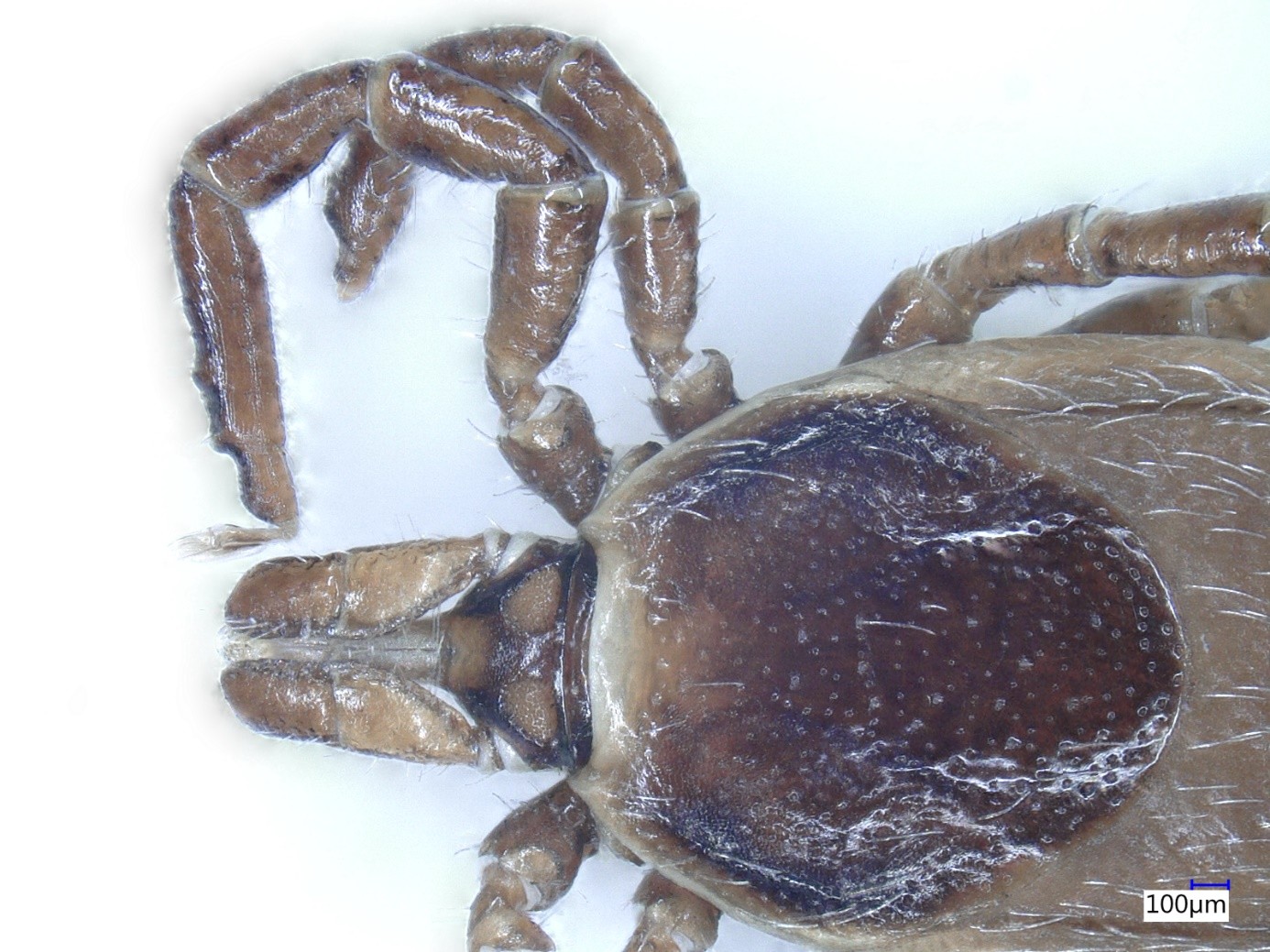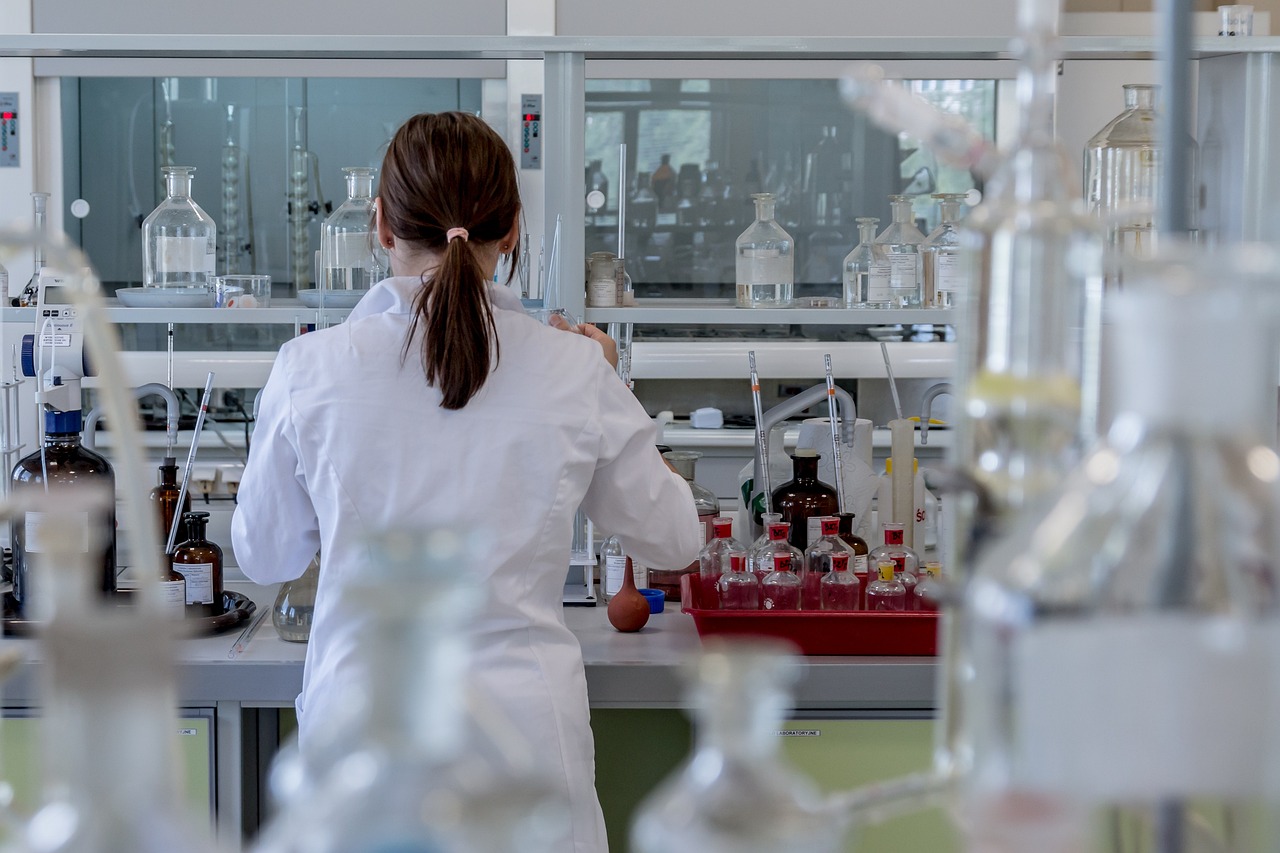Ariel mission involving CSFK researchers passes major milestone
Ariel, the European Space Agency’s next-generation mission to observe the chemical make-up of distant extrasolar planets, has passed a major milestone after successfully completing its Payload Preliminary Design Review (PDR). The successful completion of the Payload PDR marks a crucial step forward for Ariel, demonstrating that the mission's payload design meets all the required technical and scientific specifications, and no showstoppers were found for the foreseen launch in 2029. The consortium developing Ariel payload includes 600 scientists and engineers from more than 50 institutes in 16 ESA countries – UK, France, Italy, Poland, Belgium, Spain, Austria, Denmark, Hungary, Portugal, Ireland, Czech Republic, the Netherlands, Norway, Sweden, Estonia. Contributions from NASA, JAXA and Canadian Space Agency have recently been confirmed.
The Ariel consortium payload team prepared 179 technical documents and addressed 364 questions (RIDs) for a panel of ESA experts, who evaluated the feasibility, performance, and robustness of the payload design. The review scrutinised every aspect of the proposed payload, to ensure that the designed systems meet the technical, scientific, and operational requirements of the mission. In May 2023 the ESA review board accepted that all the objectives had been completed, and confirmed the successful closure of the Ariel Payload PDR.
As a result of this major achievement, Ariel's payload critical technology is now considered at Technical Readiness Level 6, indicating that the mission can now proceed to payload CDR (Critical Design Review) and begin to manufacture its first prototype models.
Paul Eccleston, Ariel Consortium Manager and Chief Engineer at RAL Space, is very pleased with the outcome and has thanked the international payload team engineers "for the enormous amount of work they’ve put in both before, during and after the payload PDR, especially while also keeping all the consortium work on track and the internal design work to plan. We look forward to continuing to work with ESA and Airbus on the construction of Ariel.”
As part of the Hungarian contribution, ADMATIS Ltd. as a leader of a Hungarian team will provide the instruments for the space telescope and the equipment necessary for the construction of Ariel and for ground logistical tasks. A special cooling radiator will also be integrated into the spacecraft, which will perform the very precise temperature regulation of critical components inside the satellite, typically the detector and electronics. The main technical challenge is for this radiator to operate at -220 degrees Celsius, and furthermore, it needs to function in a vacuum and within a strong radiation environment. In addition, as part of the Hungarian contribution, the creation of various assembly frames, positioning devices, and stands to be used for the assembly in the UK, as well as the three containers used for the ground transport of the space telescope across Europe, are being provided. These ensure the appropriate temperature and vibration-free environment for the satellite worth hundreds of millions of euros under cleanroom conditions.
The Hungarian hardware contribution supported through PRODEX contributions sent by the Hungarian Government to the European Space Agency is professionally coordinated by Róbert Szabó, the Director of CSFK CSI. In addition, researchers from the institute also participate in scientific working groups. These efforts aim to better understand the parent stars of planets, compile the target list, and investigate the atmospheres of exoplanets.
National Space Agencies supporting the Ariel consortium and payload have expressed great satisfaction with the outcome of the Payload PDR.
Caroline Harper, Head of Space Science at the UK Space Agency (UKSA), said: “Just one year after the UK Space Agency confirmed a £30 million investment into the Ariel programme, this is a significant moment for everybody involved. The UK is right at the heart of the mission, with Ariel’s international science consortium being led by Prof Giovanna Tinetti of University College London. UK engineers and scientists at RAL, UCL, Oxford and Cardiff Universities are also leading on the development of the science instrument payload, and contributing key elements of the spacecraft itself.”
Barbara Negri, Head of the Human Flights and Scientific Experimentation unit at the Italian Space Agency (ASI), commented: “The main Italian contribution to Ariel payload is the design, construction and testing of the telescope, a very challenging project as the science needs require a cryogenic instrument, working at -220°C. The conclusion of the PDR is a major step in the process, very gratifying for national science team and companies involved. ASI is equally satisfied with the other valuable Italian responsibilities: the instrument control electronics and the leadership of our scientists at payload system level for electronics and thermal aspects.”
Pascale Danto, Ariel Program Manager at the Centre National d'Etudes Spatiales (CNES), stated “Thanks to all the Ariel team for the excellent work, and special thanks to the French team in charge of the Infra Red Spectrometer AIRS, which is key to achieve Ariel’s science goals. AIRS is under CNES responsibility and developed by a joint team CEA-CNRS-CNES, gathering our expertise to reach the best performance. After this important milestone, activities are now focused on the first hardware deliveries. Bravo à tous!”
Iwona Stanisławska, Director of the Space Research Center of the Polish Academy of Sciences (CBK PAN), said: “We are excited to work on such a ground-breaking space mission as Ariel in close collaboration with world's most important scientific and space centers. It shows that we have built an excellent brand and became a trusted partner. CBK PAN is responsible for the design and construction of the fine guidance system and visible/Near-infrared optical instrument, pivotal for the pointing and characterisation of the Ariel targets.”

Figure 1. Ariel will be placed in orbit around the Lagrange Point 2 (L2), a gravitational balance point 1.5 million kilometres beyond the Earth’s orbit around the Sun. (Image Credit: ESA/STFC RAL Space/UCL/Europlanet-Science Office)
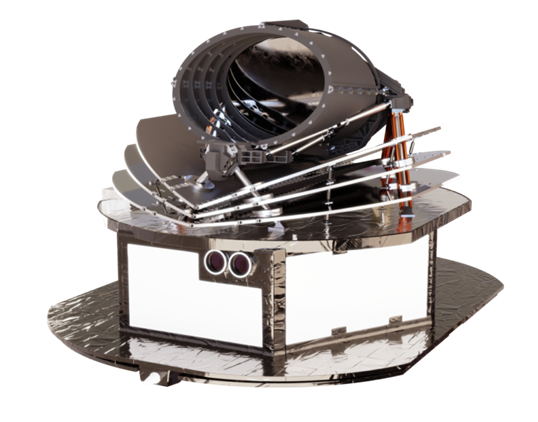
Figure 2. Artist’s impression of Ariel. (Image Credit: Airbus.) Airbus will lead the European industrial consortium building the Ariel’ spacecraft.
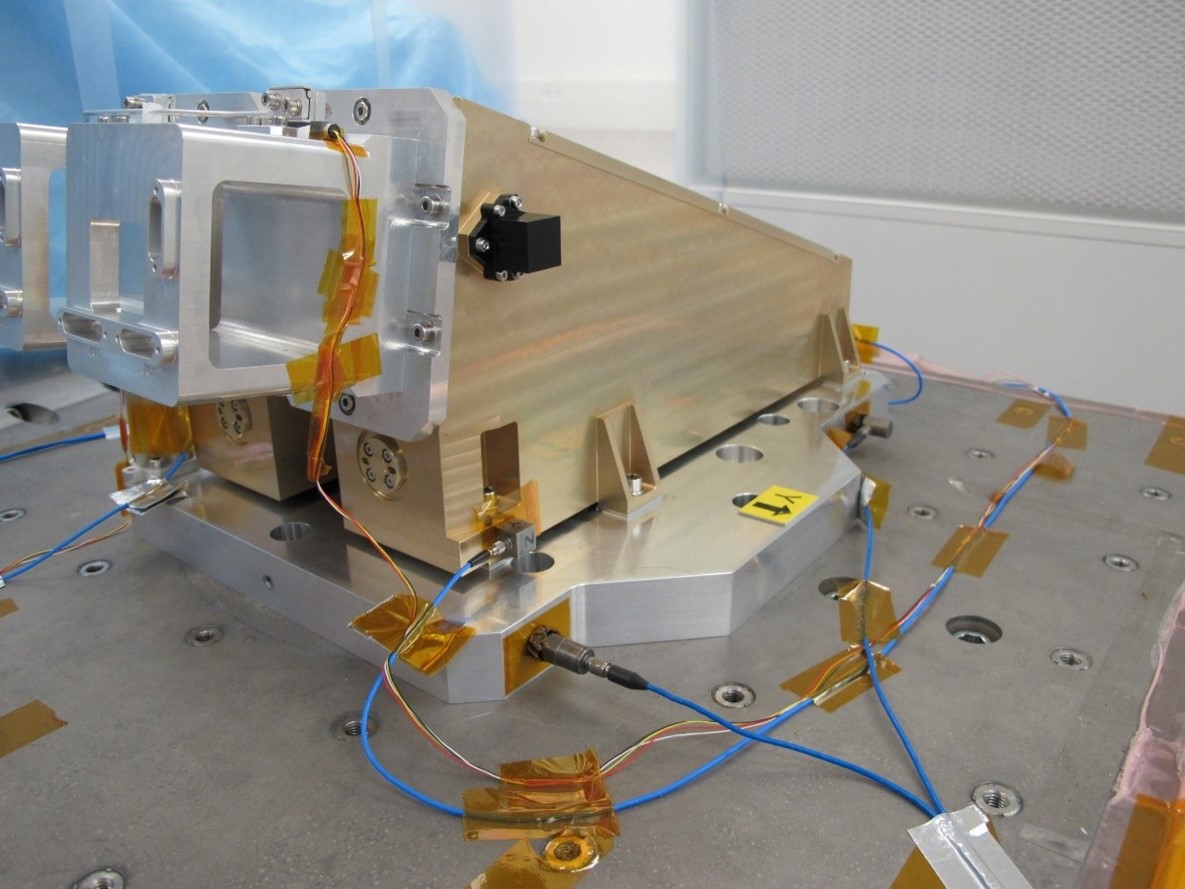
Figure 3. AIRS Cold Unit for Payload Structural Model. (Image Credit: CEA)
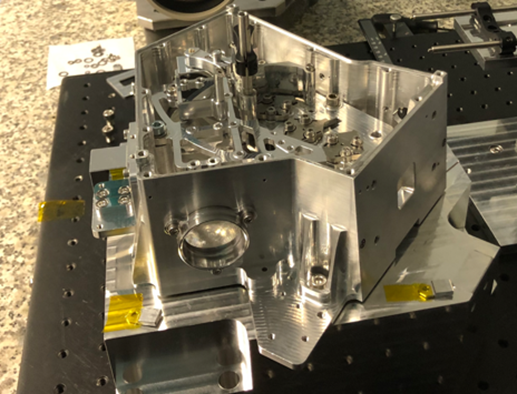
Figure 4. FGS Development optical module. (Image credit: CBK PAN)
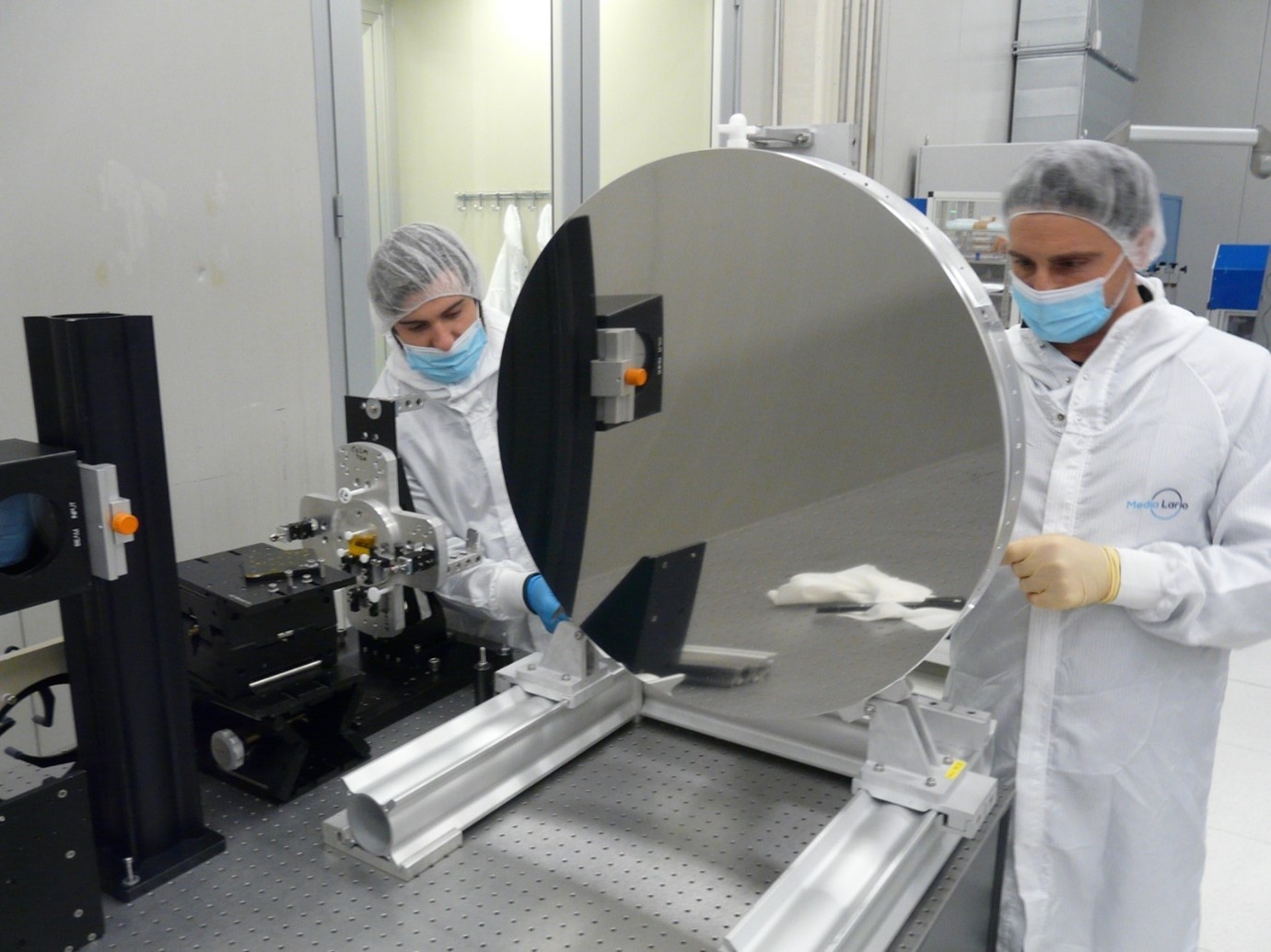
Figure 5. Telescope primary mirror breadboard. (Image credit: Media Lario/ASI/INAF)
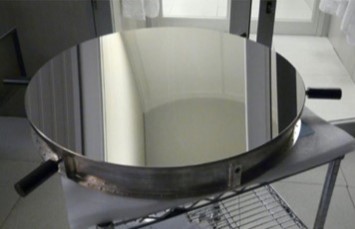
Figure 6. Active cooling system (ACS) Development Model. (Image credit: STFC/RAL Technology)
A video on the successful completion of the PDR is available on the Ariel mission's YouTube channel.
